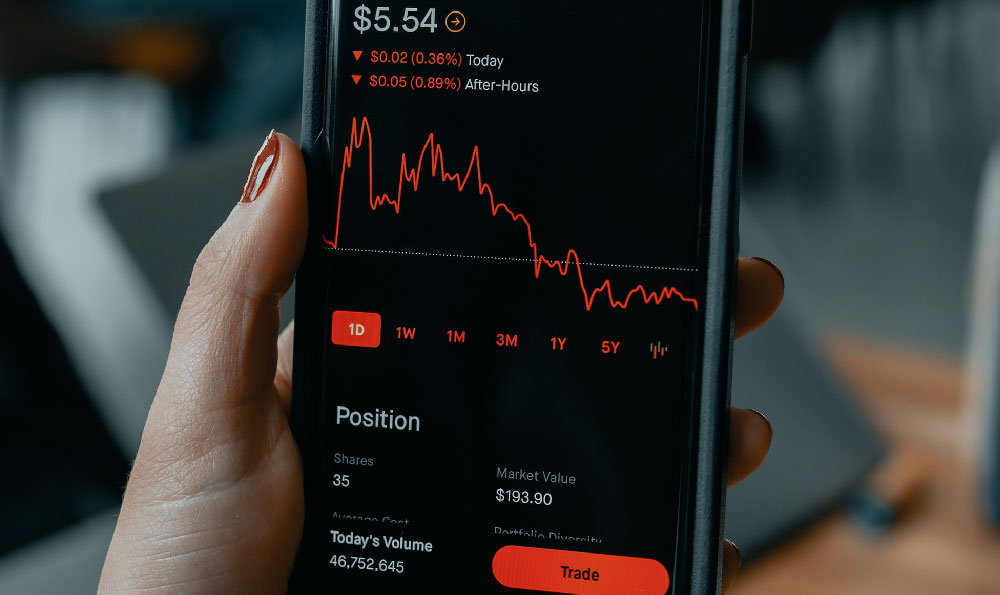How can mobile apps generate revenue, and what strategies are most effective?
The mobile app ecosystem, a dynamic and ever-evolving landscape, presents a plethora of opportunities for generating revenue. However, navigating this complex terrain requires a deep understanding of various monetization strategies and the nuances of the mobile market. Effectively generating revenue from a mobile app involves careful planning, market research, and a constant adaptation to user behavior and technological advancements.
One of the most prevalent and straightforward methods is advertising. Within the app itself, various ad formats can be integrated. These include banner ads, displayed at the top or bottom of the screen; interstitial ads, full-screen ads that appear between activities or levels; rewarded video ads, which offer in-app rewards in exchange for watching the ad; and native ads, designed to blend seamlessly with the app's content. The effectiveness of advertising hinges on several factors. User experience should be paramount, as intrusive or poorly targeted ads can lead to user frustration and app abandonment. Data-driven targeting is crucial, ensuring that ads are relevant to the user’s interests and demographics, thereby increasing the likelihood of engagement and conversions. Furthermore, the ad load, or the frequency of ads, needs careful calibration. Overburdening users with ads will undoubtedly damage the user experience. Finding the right balance between revenue generation and user retention is key. The choice of ad network is also vital; selecting a reputable network with robust targeting capabilities and high-quality ads is essential for maximizing revenue and minimizing negative impact.
Another prominent revenue stream is the freemium model. This approach offers the core functionality of the app for free, attracting a large user base. However, enhanced features, additional content, or the removal of ads are offered through in-app purchases. The success of the freemium model relies on carefully crafting a compelling value proposition for paid features. The free version needs to provide enough value to attract users and encourage them to explore the app further. The premium features should be genuinely desirable and offer significant advantages that justify the purchase. The onboarding process is critical, guiding new users through the free features and subtly highlighting the benefits of the paid options. Balancing the features available in the free version with the premium offering requires careful consideration. If the free version is too limited, users may not see the value in upgrading. Conversely, if the free version is too comprehensive, there may be little incentive to purchase premium features. Data analytics play a crucial role in optimizing the freemium model. Tracking user behavior, identifying popular features, and analyzing conversion rates can provide valuable insights into which premium offerings are most appealing and how to best position them.

Direct sales through in-app purchases offer another avenue for revenue generation. This model allows users to purchase virtual goods, subscriptions, or other digital content within the app. For gaming apps, in-app purchases often involve virtual currency, power-ups, or cosmetic items. For other types of apps, such as streaming services or productivity tools, subscriptions are a common method. A well-designed in-app purchase system should be intuitive and seamless. The purchase process should be straightforward, with clear pricing and payment options. Offering a variety of purchase options, from small, inexpensive items to larger bundles, can cater to different user preferences and budgets. Subscription models require careful management to retain subscribers. Providing ongoing value, such as regular content updates or new features, is crucial. Proactive customer support and clear communication about subscription renewals can also help to minimize churn.
A further monetization strategy is subscription models, offering ongoing access to content or features in exchange for recurring payments. This model is particularly well-suited for apps that provide a continuous stream of value, such as streaming services, news apps, and productivity tools. The key to a successful subscription model is providing consistent value to subscribers. This can involve offering fresh content, regularly updating features, and providing excellent customer support. Offering tiered subscription plans, with different levels of features and pricing, can cater to a wider range of users. The pricing strategy should be carefully considered, balancing the value offered with the perceived affordability of the subscription.
Affiliate marketing presents another less direct, but potent, method of revenue generation. By partnering with other businesses, app developers can promote their products or services within the app and earn a commission for each successful referral. The success of affiliate marketing hinges on selecting relevant and trustworthy partners. Promoting products or services that are aligned with the app's audience and purpose is crucial. Transparency is also important, clearly disclosing the affiliate relationship to users.
Finally, data monetization, while potentially lucrative, requires careful consideration due to privacy concerns. Apps can collect user data and sell it to third-party companies for various purposes, such as targeted advertising or market research. However, data privacy is a growing concern, and users are increasingly wary of apps that collect and share their data without their consent. Transparency and user control are essential. Apps should clearly disclose what data is being collected, how it is being used, and provide users with the option to opt out. Compliance with data privacy regulations, such as GDPR and CCPA, is also crucial. Failing to protect user data can damage the app's reputation and lead to legal repercussions.
In conclusion, generating revenue from mobile apps requires a multifaceted approach. The most effective strategies often involve a combination of different monetization methods, carefully tailored to the specific app, its target audience, and the competitive landscape. Constant monitoring of user behavior, A/B testing of different approaches, and a willingness to adapt to changing market conditions are all essential for maximizing revenue and achieving long-term success in the mobile app ecosystem. It is paramount to remember that user experience is always paramount. Any monetization strategy that significantly detracts from the user experience will ultimately be counterproductive. A sustainable revenue model is one that balances the needs of the business with the expectations of the users.















